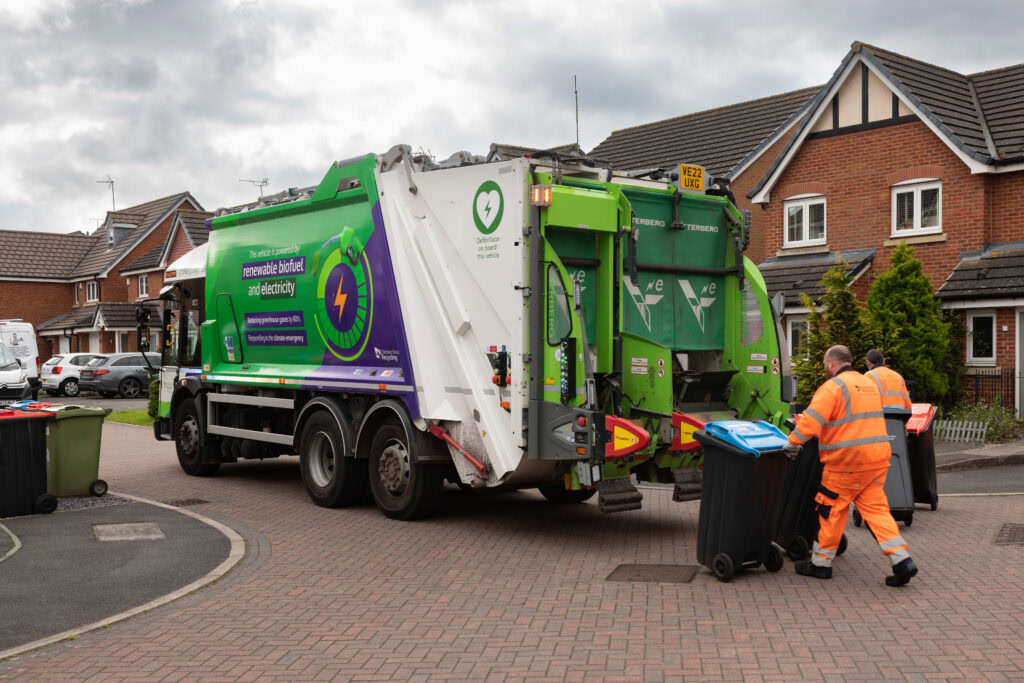Hammersmith & Fulham, Kensington & Chelsea, Lambeth and Wandsworth councils are planning to introduce clear recycling sacks to replace the existing orange recycling sacks from April 1 2013, subject to internal approval processes.

The sacks are intended to make it easier for crews to detect contamination in their loads and are also meant to encourage residents through peer pressure to improve the quality of the material they put out for collection.
At its February meeting, Western Riverside Waste Authority (WRWA) members were updated by WRWA general manager Mark Broxup on plans to move to clear sacks following the inspection of dry recycling loads sent by WRWA members to Cory Environmentals materials recycling facility (MRF) at Smugglers Way in Wandsworth in December 2012.
Costs
According to a budget forecast which was circulated at a WRWA meeting on November 28 2012, the amount of contaminated material is higher than expected, resulting in increased costs of 1.2 million.
The report, by WRWA treasurer Chris Buss, said: The additional cost of diverting contamination to the EfW facility, results in an estimated increase in contract costs of around 1.2 million above the original estimate for co-mingled recycling.
The types of contamination found within the dry recyclables included: large quantities of food waste; electrical items; clothing; soiled nappies; animal bedding; and, furniture.
The quality of recyclables is high on the agenda at present following the publication of a Quality Action Plan by Defra. The government is under pressure to ensure high quality recyclables are achieved by all methods of collection, including commingled collections. This is currently being the subject of a Judicial Review over the interpretation of the revised Waste Framework Directive by the English and Welsh governments (see letsrecycle.com story).
London Conference 2013
Waste and recycling in London is set to be discussed at the London Conference 2013 Shared learning and waste services delivery which is taking place on March 14 2013. To find out more click here.
Contamination
In early December 2012, sampling staff at Corys MRF were instructed to visually inspect all commingled recycled loads when they were tipped into the MRF bunker. The loads were graded as either very bad, bad, OK, good or very good. All vehicles that were graded bad or very bad were inspected the next week. Of the 51 loads inspected, 33 were rejected due to the high amount of contaminated material.
Mr Broxup said in the report: The types of contamination found consisted of almost every type of waste imaginable; examples included black bags filled with general waste, large quantities of food waste, large electrical items, a bag of faeces, soiled nappies, large toys, paint, furniture, wood, luggage, clothing, polystyrene, building materials, coat hangers, footballs, green waste and animal bedding.
The materials collected by the councils waste contractors for recycling include: paper and cardboard; glass; metal cans and tins; plastics; and, Tetra Pak.
The majority of loads identified as very bad or bad were single compartment vehicles which collected commingled materials from bulk bins, such as those provided to high rise or commercial properties, with all but one load rejected. The split vehicle loads which were examined were found to be of a better quality but were still found to contain high levels of contaminants such as commercial cardboard and polystyrene. The split vehicles collect residual waste in one compartment and commingled recyclables in another from low rise properties.
Related Links
To help ensure residents use the service properly and only place the correct materials out for collection, the WRWA is to undertake a 150,000 communications and marketing programme to convey the changes to residents. It is hoped that a better understanding among the public and the use of clear sacks will encourage the recycling of the correct materials.









Subscribe for free